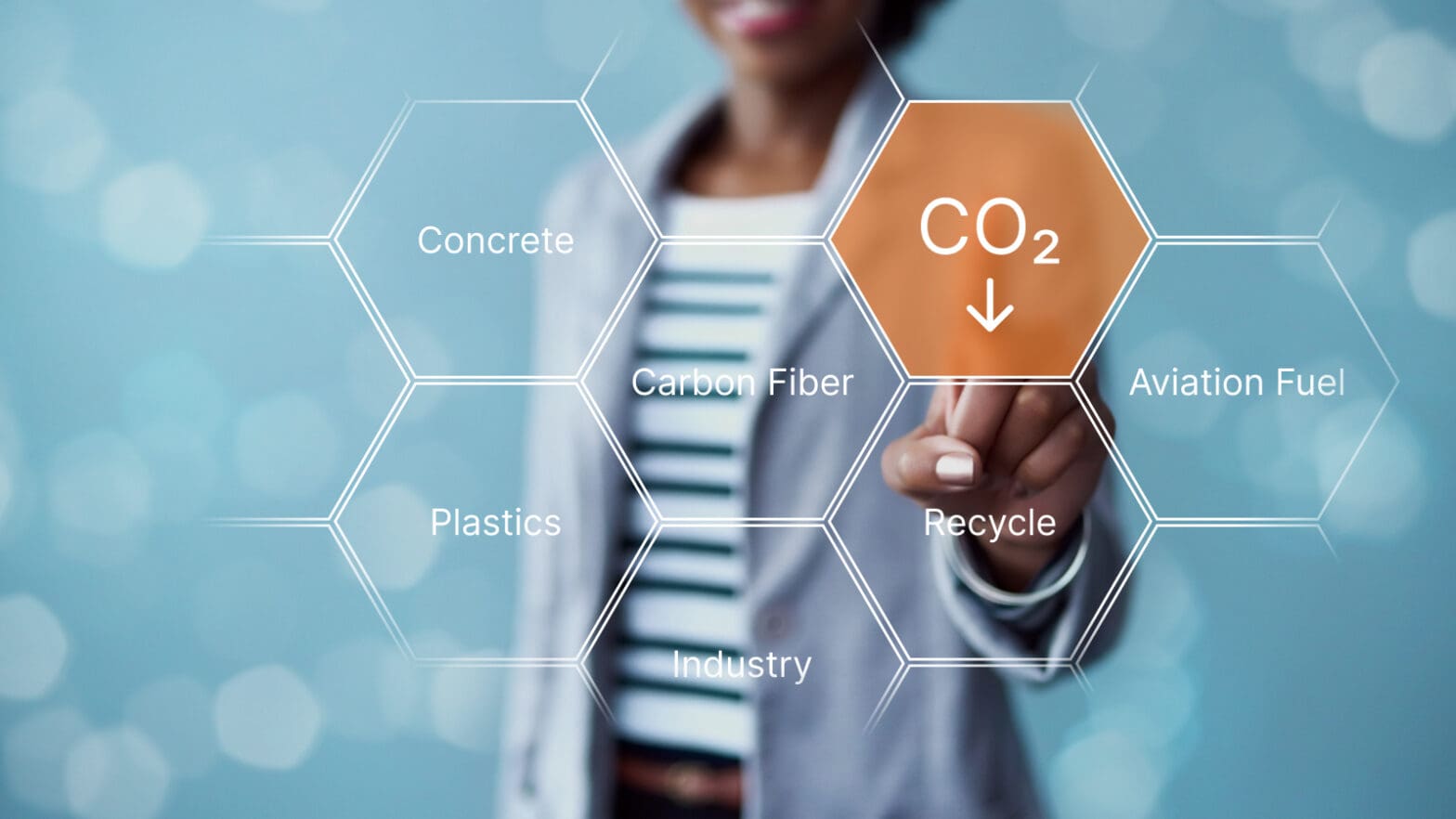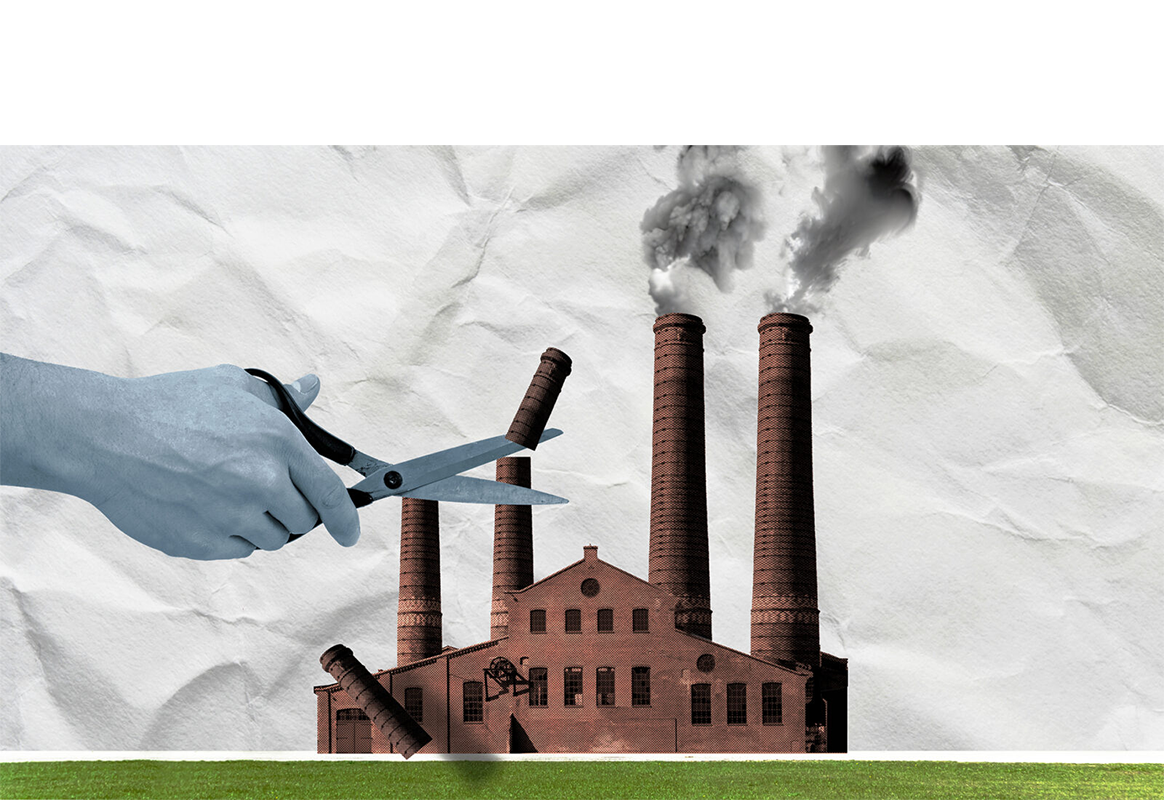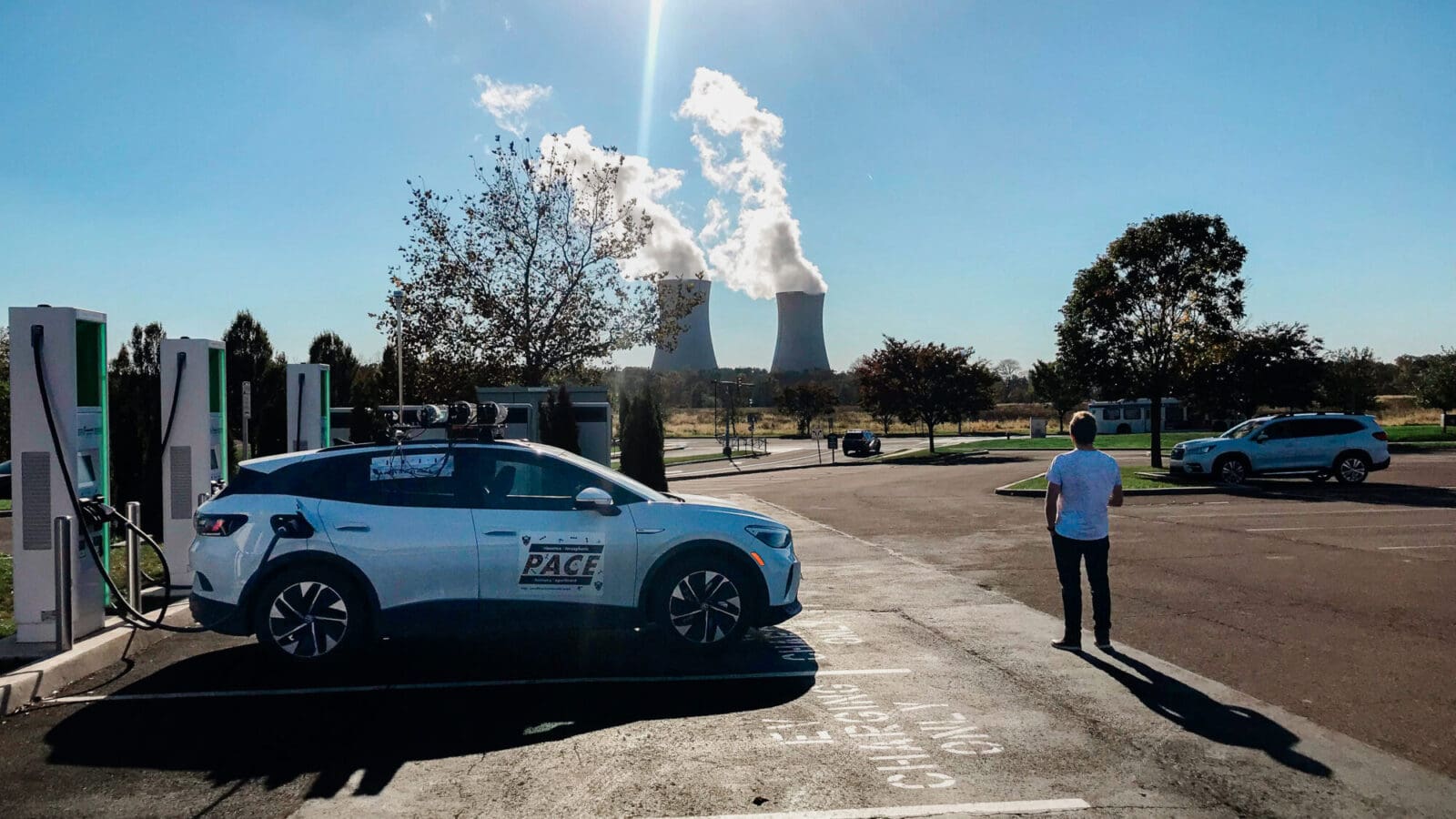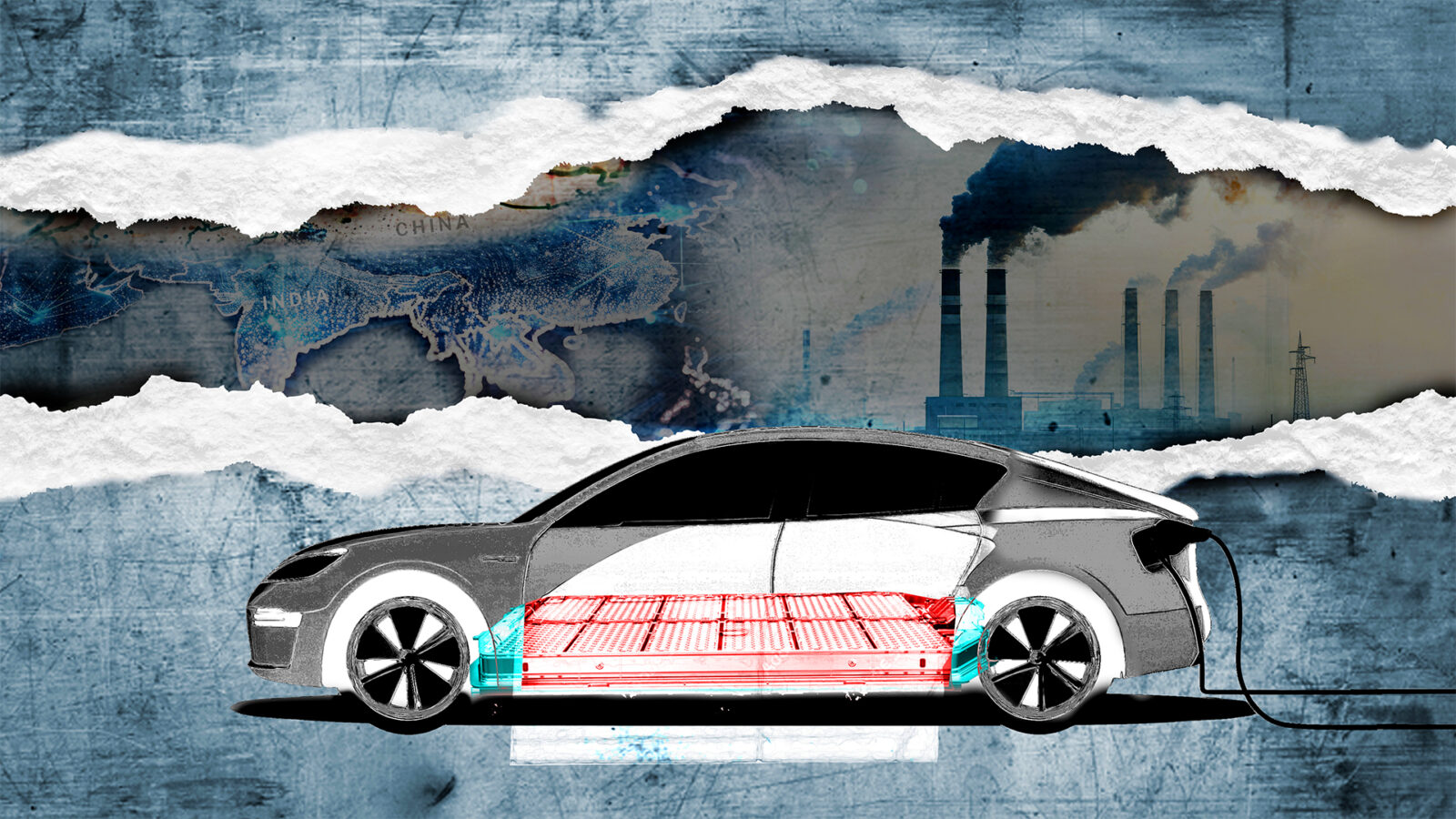
Recycling carbon emissions could be key climate solution but won’t be easy, report to Congress says
By
on
Turning carbon emissions into useful products like concrete could use as much as 5% of global CO2 pollution, but working out the details will be challenging, according to a report to Congress from a National Academies committee chaired by Emily A. Carter of Princeton University.
The committee, formed by the Energy Department at Congress’s instruction, found significant barriers to realizing a goal of recycling industrial and atmospheric carbon emissions into new products. The committee, run by the National Academies of Sciences, Engineering and Medicine, delivered a series of recommendations to address those challenges.
“Though it is still a nascent industry, carbon dioxide utilization can participate meaningfully in the transition away from fossil carbon by providing pathways for sustainable synthesis of many carbon-based chemicals and materials that society needs,” said Carter, Princeton’s Gerhard R. Andlinger Professor in Energy and the Environment and senior strategic advisor for sustainability science at the Princeton Plasma Physics Laboratory. “However, care should be taken to ensure that the build-out of the industry’s infrastructure and transport systems involves early and ongoing community engagement.”
The National Academies released the full report and hosted a question-and-answer session about its conclusions on Dec. 1.
The committee looked specifically at how to use carbon — captured from industry or directly from the environment — to make useful products. The goal is to move toward a “circular economy,” which reuses materials that would otherwise become harmful waste. The committee identified five broad classes of products that could be made from waste carbon: construction materials such as concrete; chemicals and fuels such as jet fuel; the ingredients for plastics; elemental carbon and engineered products such as carbon fiber; and other niche products.
Carter said that among key barriers the committee identified are the cost of the products without a carbon tax or similar market structure; limited availability of key inputs such as clean hydrogen and clean electricity; a lack of infrastructure needed to capture and transport carbon dioxide; and the complex regulatory requirements of establishing the needed infrastructure.
Among numerous recommendations, the committee identified several near-term priorities: using CO2 harvested from biogenic sources (such as industrial plants that make ethanol out of corn) to make sustainable aviation fuel; using CO2 from any source to make building materials; and ensuring that Congressional funding is used to support new infrastructure in locations that also support the production of useful products.
The last point is particularly important in light of Congress’s recent passage of the Infrastructure Investment and Jobs Act, which funds the creation of large-scale infrastructure for carbon capture, utilization and storage. A challenge will be to choose infrastructure projects that make economic and environmental sense in the short term, when carbon wastes remain a major part of the economy, and in the long term after renewable energy takes hold and excess carbon is less common.
“Both near-term and long-term considerations will be very important as decisions are made as to how to invest those dollars, so as not to end up with stranded assets while at the same time spurring development,” Carter said.
She added that because the need for carbon-using infrastructure is so extensive and geographically dispersed, the committee recommends that one entity be charged with helping navigate the permitting process. The committee also urged policymakers at the state and local levels to engage communities early and transparently to ensure successful deployment. She said it is important to consider not just calculations of costs versus benefits but also to consider equity in how projects are sited and deployed.
Stepping back from the details, Carter wrote in the report’s preface that the context for these challenges is the critical need to protect the planet from the already-unfolding effects of climate change. “The challenge is clear and urgent: how do we maintain or improve quality of life for the planet’s inhabitants while ameliorating the harm already done and preventing future harm to the environment?” Carter wrote.







